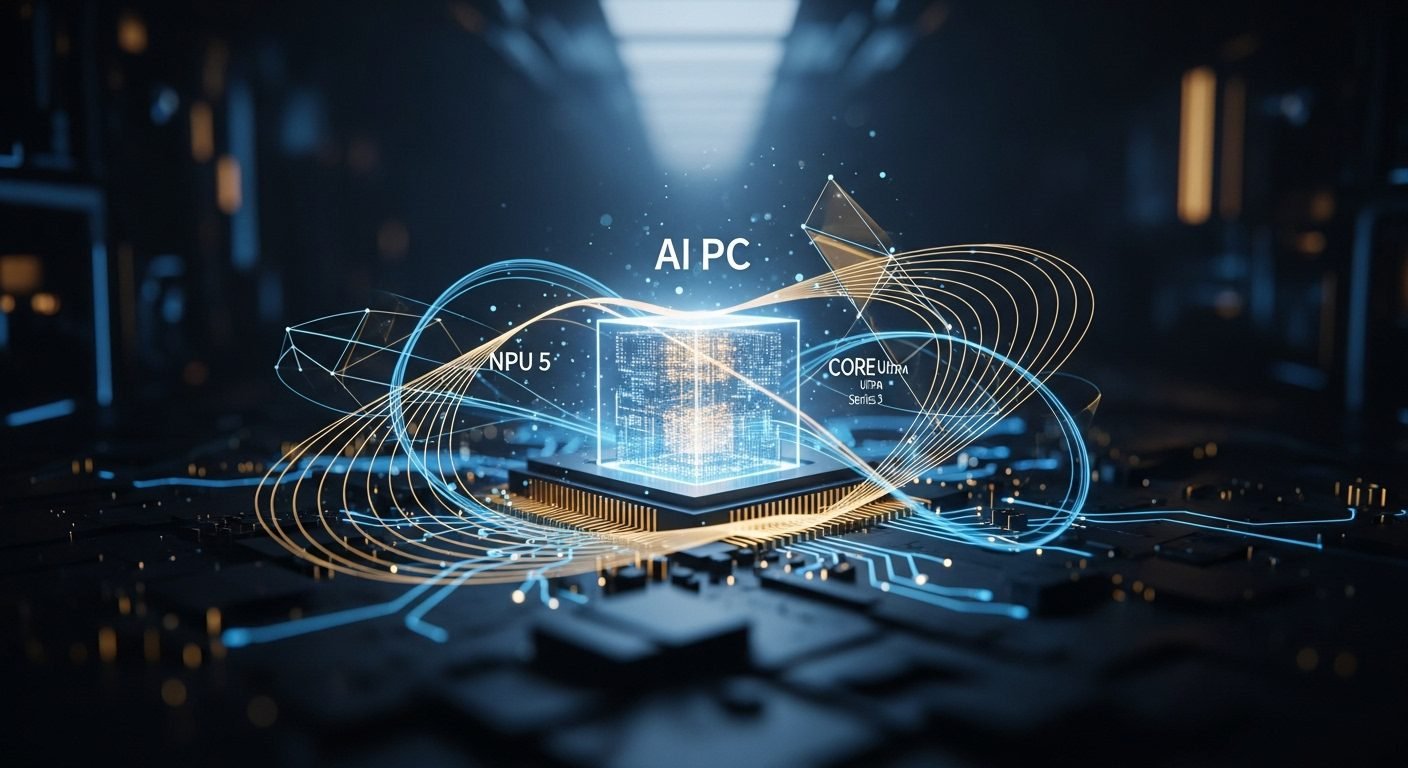The Indian deep tech sector continues to draw significant investor interest, with Omspace Rocket and Exploration’s recent announcement of a ₹25 crore ($3 million) pre-seed funding round serving as a potent signal. This capital infusion, facilitated by Bestvantage Investments and led by a Dubai-based family office, underscores a strategic shift in venture capital towards high-potential, capital-intensive ventures in the burgeoning space economy. The funding is earmarked for the development of Infinity-I, Omspace’s Reusable Small Launch Vehicle (RSLV), designed for rapid re-launch capabilities within 24-48 hours – a key differentiator in a market hungry for efficiency and reduced costs.
This announcement doesn’t exist in a vacuum. It appears to be a direct reflection of broader market sentiment favoring resilient business models and innovative deep tech solutions. The KPMG Pulse of Fintech H1’25 report, released just days prior, highlighted a crucial trend: while global fintech investment saw a reduction in the first half of 2025, capital flows were robust for digital assets and AI-focused fintechs, with investors increasingly prioritizing companies demonstrating “strong underlying fundamentals, sustained profitability, and growing market share”. Omspace, with its focus on a tangible, revenue-generating product (reusable rockets) and a clear path to cost efficiency, aligns with this more discerning investment philosophy, even within the nascent space-tech domain.
The Investor Takeaway: De-risking Deep Tech for Alpha Generation
For institutional investors and venture capitalists, Omspace’s successful pre-seed round, though modest in absolute terms for the space sector, signifies a calculated de-risking of deep tech investment. The emphasis on reusability and projected cost-efficiency for its Infinity-I RSLV positions Omspace as a potential long-term value creator in the small satellite launch market. With projected rocket costs of $3-4 million and per-launch revenues expected to reach $2 million annually by the fourth year of operations, the economics present a compelling case for early backers. This is particularly attractive in an environment where the market demands not just innovation, but also a credible path to profitability and scalability.
Furthermore, this funding round taps into the broader momentum within the Indian space-tech ecosystem. India’s space economy, valued at $8.4 billion in 2023, is estimated to surge to $44 billion by 2033, driven by a supportive government policy, the Indian Space Policy 2023, and significant public investment. Reports indicate that Indian space-tech startups secured $126 million in funding in 2023, reflecting a robust growth trajectory, predominantly in early-stage investments. This provides a fertile ground for companies like Omspace, benefiting from both a strategic national push and an expanding private sector. The investment in Omspace is not merely a bet on a single startup but on the maturation of an entire industry, aligning with the “long-term growth priorities” seen in successful tech narratives.
A New Competitive Moat: Reusability and the Indian Advantage
Omspace’s commitment to a reusable launch vehicle, capable of rapid turnaround, carves out a significant competitive advantage. In a global space launch market projected to grow from $8.44 billion in 2025 to $25.92 billion by 2032, reusability is a critical factor driving down costs and increasing launch frequency. Companies like SpaceX have demonstrated the profound economic benefits of such technology, and Omspace aims to replicate this success within the context of India’s growing market share aspirations. India currently holds only a 2% share of the $55 billion global small satellite launch market, with Omspace explicitly targeting an increase to 15% by 2035.
This pursuit of reusability, coupled with the inherent cost advantages of the Indian manufacturing and engineering ecosystem, positions Omspace to potentially disrupt segments of the global small satellite launch market. The ability to launch within 24-48 hours addresses a critical industry need for agile and responsive access to space. As global competition intensifies and countries race to secure leadership in strategic technologies, national initiatives and domestic capabilities will become increasingly vital. Omspace’s progress will be closely watched as a bellwether for India’s ambitions in the commercial space sector, offering insights not just for space enthusiasts but for any investor keen on the strategic competitive chess matches playing out in deep tech.












согласование проекта перепланировки нежилого помещения http://pereplanirovka-nezhilogo-pomeshcheniya9.ru .
мини экскаватор в аренду мини экскаватор в аренду .
автоматический карниз для штор karniz-elektroprivodom.ru .
электро рулонные шторы http://www.rulonnaya-shtora-s-elektroprivodom.ru .
натяжные потолки нижний новгород официальный сайт stretch-ceilings-nizhniy-novgorod.ru .
проект на перепланировку квартиры цена http://www.proekt-pereplanirovki-kvartiry17.ru .
согласовать проект перепланировки http://www.soglasovanie-pereplanirovki-kvartiry3.ru .
разработать проект перепланировки https://proekt-pereplanirovki-kvartiry11.ru .
перепланировка квартиры согласование перепланировка квартиры согласование .
сео продвижение заказать москва сео продвижение заказать москва .
top seo expert http://top-10-seo-prodvizhenie.ru .
рейтинг seo услуг http://www.reiting-seo-kompaniy.ru .
1x lite http://www.1xbet-giris-7.com .
1xbet yeni adresi 1xbet yeni adresi .
1 xbet giri? https://1xbet-4.com .
1xbet g?ncel adres 1xbet g?ncel adres .
кухня по индивидуальному проекту kuhni-spb-2.ru .
1xbet t?rkiye giri? 1xbet t?rkiye giri? .
клиника вывод из запоя http://narkologicheskaya-klinika-24.ru/ .
бк мелбет бк мелбет .
статьи про digital маркетинг http://statyi-o-marketinge7.ru/ .
лучшие digital агентства лучшие digital агентства .
1xbet mobil giri? 1xbet-giris-6.com .